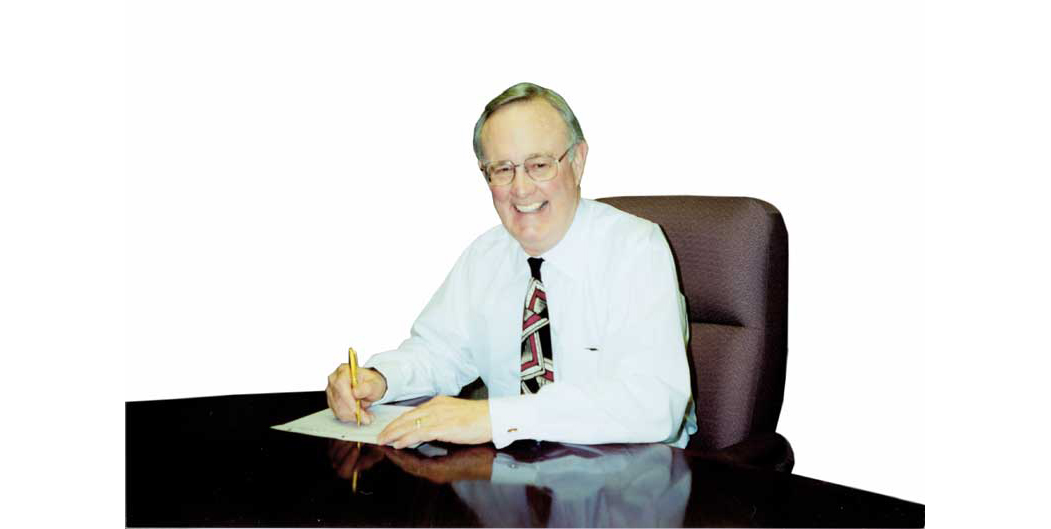by Art Patch/a retired retail executive & regular columnist for The Shelby Report
I had the opportunity recently to chat with one of the owners of a small but very successful independent food retailer in Northern California. He is co-owner of an eight-store chain with stores ranging in size from 20,000 to 50,000 s.f. He is careful about sharing confidential numbers, but having visited all of his stores, it is apparent that in terms of sales per square foot the stores are among the leaders in their markets.
My first question was how did their business grow in size and sales so fast? His answer was simple—just like his company’s brand character. They would keep the operations simple and efficient and would not let their stores find themselves smothered by non-productive detail.
The key elements that led to their success included three key areas:
• Perishables, led by meat and produce, offer customers the lowest price in the market, leaving no question they are the low-price leader.
• Weekly print advertising limited to one page and no more than 25 items; meat and produce carry the lead.
• The store layout would be kept steady, as they understand the value of a customer’s shopping pattern.
Some of the items that were not included in their plans: 8-12-page print ads with hundreds of items that changed weekly; produce and meat prices changing every week; and the never-ending process of moving center store categories around. These points would have a negative effect on operating costs and the efficiencies that were a critical part of their business model.
Other than the hard-discount stores, very few large supermarkets operate as efficiently.
Although not large in size, Trader Joe’s does operate a very efficient model. They opened their first store more than 50 years ago with a clear point of differentiation. Joe Coulombe opened the store with the intention of operating a medium-size store, stocking 4,000 unique items with value pricing. He described the atmosphere of the store as the South Seas, setting a mood for both customers and employees. They have dedicated those 50 years to maintaining the point of differentiation Mr. Coulombe designed years ago.
Both retailers focus on operating efficiently as a priority. Waste of time and effort does not fit their respective business models.
Chase those sales; they won’t chase you!
After a 40-year career that included executive-level positions with Safeway, Lucky Stores, Appletree Markets and Save Mart/Food Maxx, Art Patch retired from the retail grocery business in 2007. He is a graduate of San Jose State College and the Cornell Food Executive Program. Patch is on the ExecuForce Team of Encore Associates and is a counselor for SCORE, helping new and emerging businesses develop business and marketing plans. He welcomes your feedback. Email him at [email protected].
Keep reading:
https://www.theshelbyreport.com/2017/12/29/art-patch-food-retailers-tighten-belts/
https://www.theshelbyreport.com/2016/01/25/art-patch-keep-your-scars-they-make-you-better/
https://www.theshelbyreport.com/2018/03/30/larkin-independents-winning-strategies/

